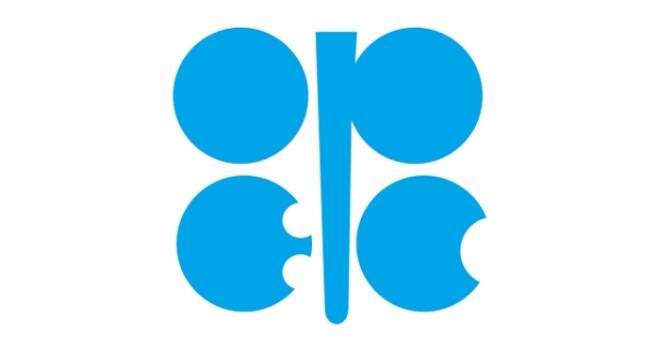Advertisement
Advertisement
Oil Fundamental Forecast – September 27, 2016
By:
Crude oil prices reversed Friday’s steep sell-off with a spectacular rally on Monday that mirrored the previous session’s break. Prices rallied nearly 4
Crude oil prices reversed Friday’s steep sell-off with a spectacular rally on Monday that mirrored the previous session’s break. Prices rallied nearly 4 percent at its intraday high during yesterday’s session as OPEC and the other major exporters met in Algiers to talk about ways to support the market. The tension was so high at the onset of the meeting that it drove volatility to its highest level since the last major meeting in Doha in April.
November West Texas Intermediate Crude Oil closed at $45.93, up $1.45 or 3.26%. Internationally favored Brent Crude Oil rose $1.25, or 2.2 percent, to $47.14 a barrel.
Traders are nervous about the outcome of these informal talks and their worries are being reflected in the huge surge in volatility. Implied volatility, a gauge of how much oil prices swing up and down, rose to its highest since April 18. At that time, OPEC members failed to reach an agreement to implement an output freeze with prices hovering near the $40.00 mark.
One problem that OPEC has to overcome is the unplanned outages issue. Recent data shows that unplanned outages are around 2 million barrels per day. Because of this, it is difficult for members that are pumping near full capacity to cut back on production in order to make way for that fresh oil that can hit the market at any time. Recently, two countries facing outages – Libya and Nigeria – said they are ready to start delivering more oil to the market place.
Additionally, Russia is ready to bring more oil to the market from a new oil field. Iran is also bring more oil to market in an effort to get back to pre-sanction production levels.
FORECAST
There is a lot of skepticism going into this meeting and most of it centers on whether Saudi Arabia and Iran can reach an agreement to freeze production. The others will follow if these two countries return to the same page and strike a preliminary agreement.
And even if Saudi Arabia and Iran come to an understanding, how are they going to tell Libya that it can’t produce more oil after the country has spent millions to repair its oil infrastructure? Nigeria is facing a similar dilemma after recovering from terrorist attacks to its pipelines throughout the year.
With no easy answer available, I believe that the meetings will end with nothing being done. This should weaken prices. Hedge fund managers may be thinking the same way since data from the U.S. Commodity Futures Trading Commission on Friday showed that they cut their long positions in crude oil to its lowest in a month, having made the largest weekly addition to their short positions on record.
I’m betting on the side of the big money because I don’t think that Saudi Arabia will agree to reduce production unless Iran caps its own output. This may be too difficult to achieve. Contrary traders may be thinking they want to go the other way because of the size of the hedge fund traders’ short position but I prefer to be with the trend.
About the Author
James Hyerczykauthor
James Hyerczyk is a U.S. based seasoned technical analyst and educator with over 40 years of experience in market analysis and trading, specializing in chart patterns and price movement. He is the author of two books on technical analysis and has a background in both futures and stock markets.
Advertisement
